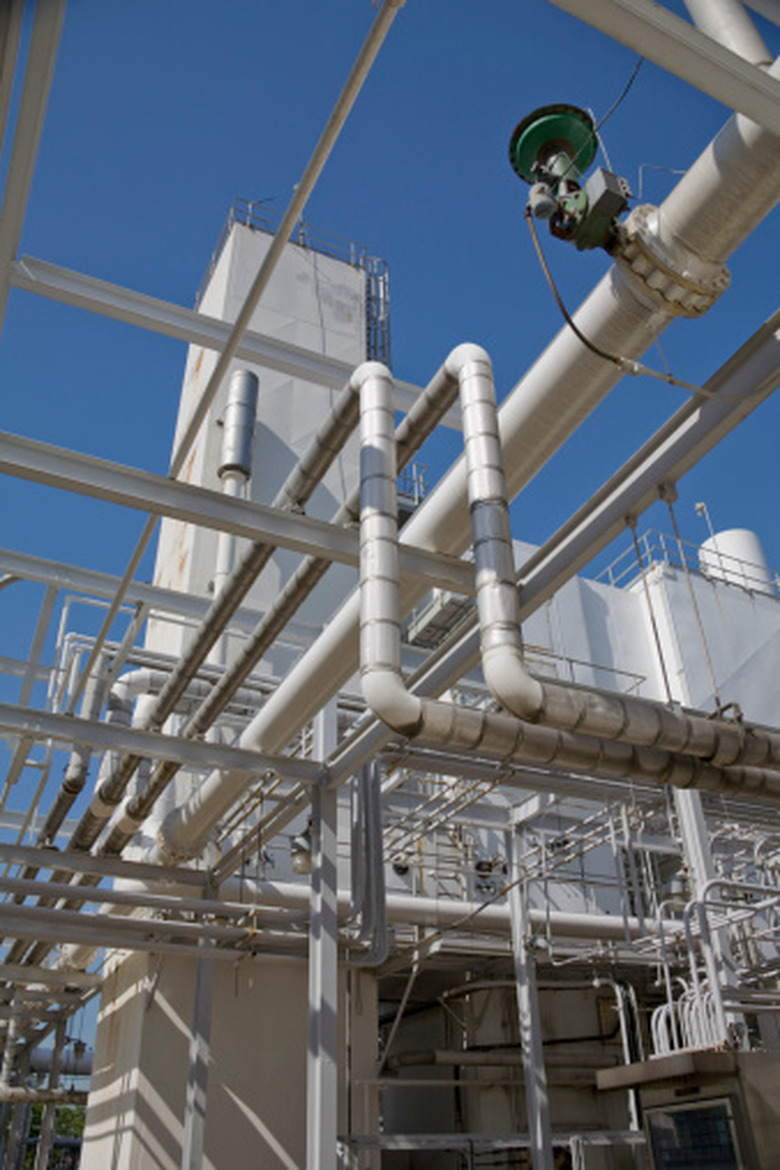Separation Techniques To Treat Water Sewage Treatment Plants
The purpose of sewage treatment is to process human and industrial waste so it is not dangerous to humans or the environment. Treatment plants use physical, chemical and biological processes to remove solids and solute contaminants. Sewage treatment is divided into stages, generally referred to as Preliminary, Primary, Secondary, Advanced and Disinfection treatment. The treatment stages remove coarser solids in the earliest stages, progressing towards removal of specific solute contaminants in the latter stages.
Preliminary and Primary Treatment
Preliminary and Primary Treatment
During the first treatment stages, solids are removed through screening, sedimentation and skimming. The Preliminary stage removes coarse solids, generally through screening. This stage also attempts to eliminate grit. During the Preliminary stage, sewage flow and velocity are kept high to discourage settling of solids. After the Preliminary stage, waste enters the Primary stage. During the Primary stage, flow is reduced to encourage sedimentation. Settled solids are scraped from the bottom, and floating material is skimmed. A significant amount of oil, grease and soap are removed at this stage.
Secondary Treatment
Secondary Treatment
The Secondary treatment generally uses aerobic biological processes to degrade remaining organic matter, including human waste, food, oils and soap. Bacteria and other microorganisms metabolize organic material in the waste material. Some of the remaining solid matter is processed by microorganisms to form coagulated masses, which can be removed more easily. Subsequently the microorganisms must be removed from the effluent, generally through sedimentation or filtration. Although most solids are removed during the Secondary treatment, some dissolved nutrients such as nitrogen and phosphorous may remain.
Advanced Treatment
Advanced Treatment
Advanced treatment is necessary to remove solids that remain after standard Secondary treatment. Advanced treatments can exist as any number of short stages after secondary treatment, or can be incorporated into earlier stages. Chemical processes are used to remove phosphorous and heavy metals. Biological processes are usually used to remove nitrogen. Additional steps may be required to remove specific industrial or agricultural chemicals from the effluent. Advanced treatment can also include a filtration stage to remove any remaining solids.
Disinfection
Disinfection
Disinfection is necessary to remove microorganisms from the effluent that could be released back into the environment. Disinfection methods can use chlorine, ozone, ultraviolet light or other chemical disinfectants. Although chlorination is the most common method of disinfection, the resulting effluent contains residual chlorine that can be damaging to ecosystems upon release. Ozone and ultraviolet processes result in cleaner effluent, and are being increasingly used in sewage treatment.
Cite This Article
MLA
Johnson, Scott. "Separation Techniques To Treat Water Sewage Treatment Plants" sciencing.com, https://www.sciencing.com/separation-water-sewage-treatment-plants-8397836/. 24 April 2017.
APA
Johnson, Scott. (2017, April 24). Separation Techniques To Treat Water Sewage Treatment Plants. sciencing.com. Retrieved from https://www.sciencing.com/separation-water-sewage-treatment-plants-8397836/
Chicago
Johnson, Scott. Separation Techniques To Treat Water Sewage Treatment Plants last modified August 30, 2022. https://www.sciencing.com/separation-water-sewage-treatment-plants-8397836/
